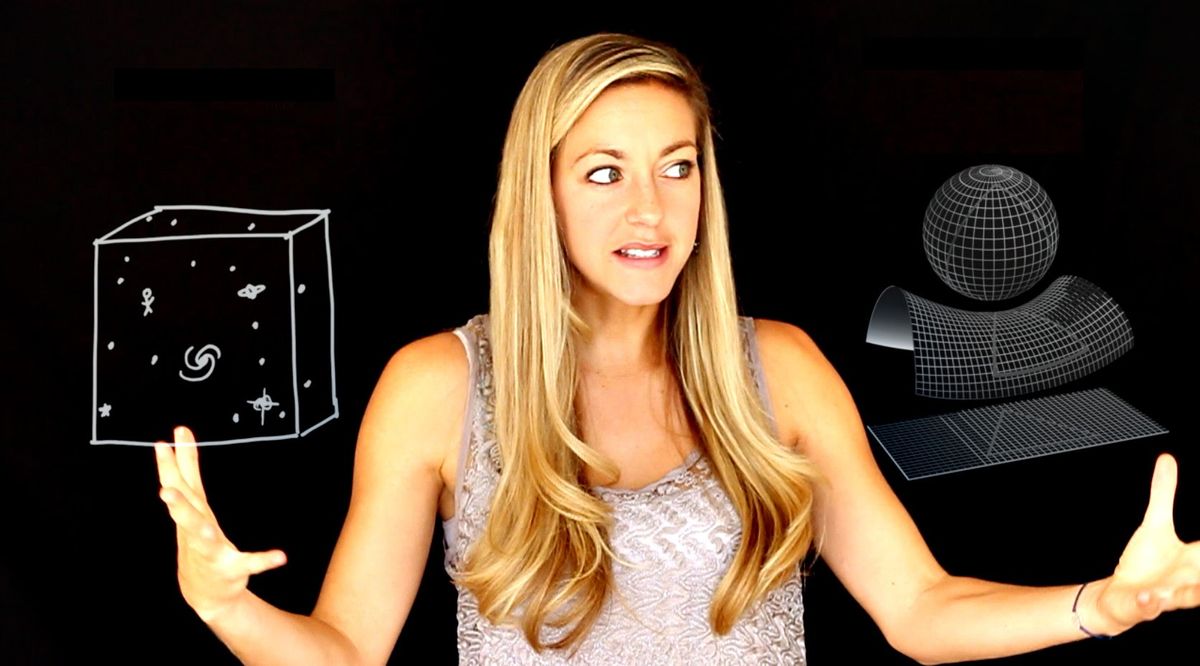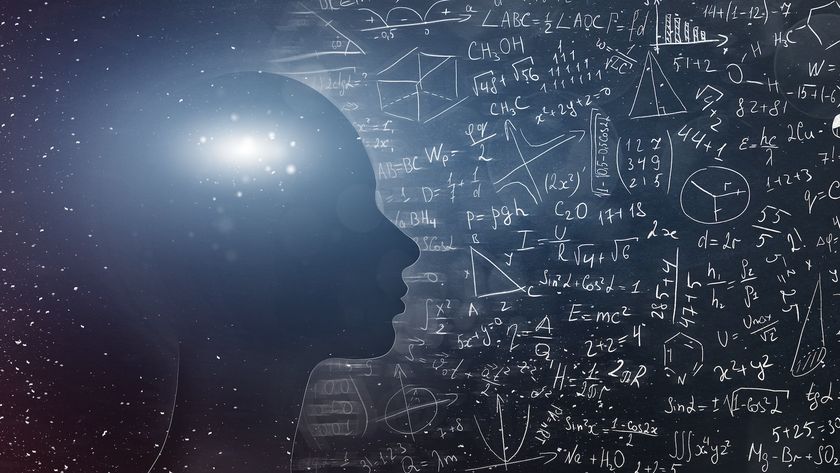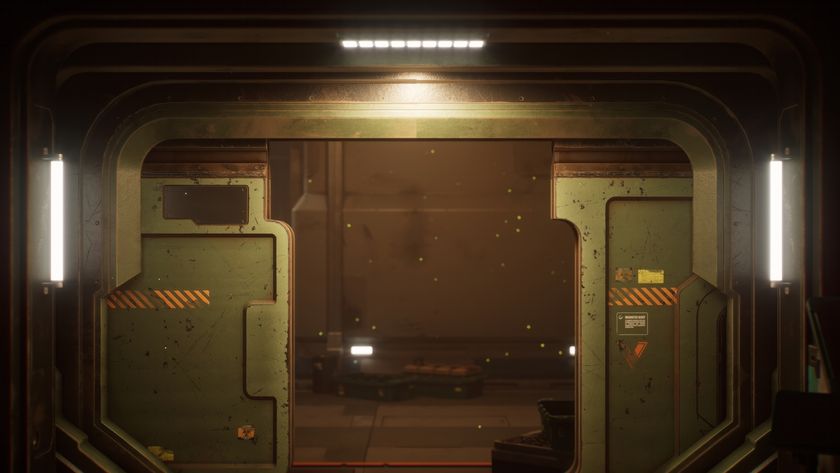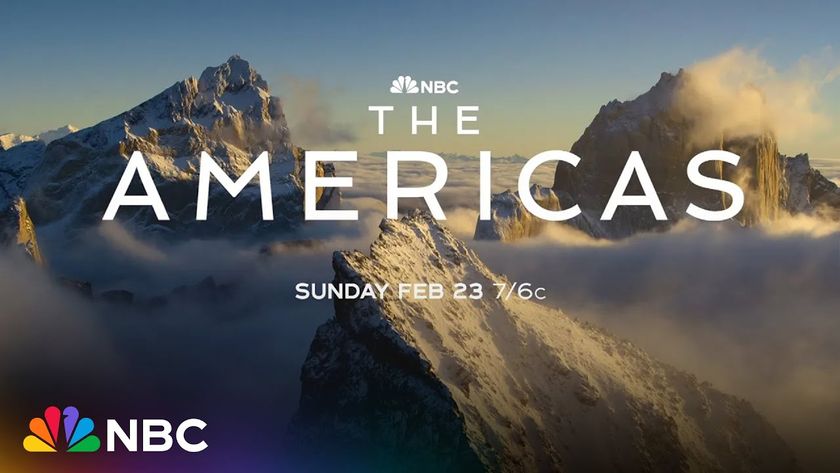YouTube's 'Physics Girl' Delivers on Fun and Science

In this series of articles, some of YouTube's most popular science channels take a turn in the spotlight. Their creators employ a range of techniques and styles, weaving together graphics, footage, animation, sound design, and a general curiosity about the world around them, exploring and sharing the unexpected and fascinating details of their unique science stories.
YouTube's Physics Girl: "Physics videos for every atom and eve"
You might not spend much of your day thinking about physics, but its laws and properties govern every move you make — literally.
Physics defines how all matter — down to the atomic and sub-atomic levels — performs as it interacts with space and time, and how energy and force generate and restrict motion. The behavior of breaking ocean waves, a ray of sunlight, or Olympic gymnasts is all subject to physics' rules, which set limits for how fast and how high objects can travel, how far they can go before they lose momentum, and even determine what their movement looks like.
But although physics governs and shapes matter and movement, picturing how it operates can be tricky — and that's where Dianna Cowern, creator and host of YouTube's "Physics Girl" channel, steps in. Cowern takes a playful approach to physics in her videos, to demonstrate, visualize and enthusiastically explain how it intersects with and influences our lives every day. [Gallery: Dreamy Images Reveal Beauty in Physics]
Cowern first developed an interest in physics in high school, crediting her interest to two teachers who introduced her to "all the cool stuff," Scientific American reported in 2014. After earning a college degree in physics, Cowen produced a lighthearted video called "What to Do With a Physics Degree," and its popularity hinted that producing videos about physics could be both successful and rewarding, Cowern told Scientific American.

"So many questions!"
In a video demonstrating how to use a dinner plate to create a pair of peculiar traveling vortices in a swimming pool, Cowern exclaims, "There are so many questions!" This could easily be a tagline for her channel — Cowern investigates a range of physics topics: from rainbow formation, to the trajectory of a curveball, to so-called "antibubbles" — bubbles in which a thin layer of gas encloses liquid — which have to be seen to be believed.
For viewers who aren't afraid to get hands-on with physics, Cowern offers experiments that they can perform themselves. Care to try five weird ways to extinguish a candle? Are you curious about what happens when you drop a stack of balls? Or maybe you'd like to generate a cloud — with your mouth? "Physics Girl" can help make that happen.
Sign up for the Live Science daily newsletter now
Get the world’s most fascinating discoveries delivered straight to your inbox.
And if you want to delve a little deeper into physics mysteries, "Physics Girl" episodes also tackle questions about more abstract concepts, like Einstein's theory of special relativity, and what determines the shape of the universe.
In every video, Cowern's enthusiasm for science crackles with as much energy as a giant Tesla coil — much like the one featured in a behind-the-scenes photo on Instagram of a production in progress, described as "something fun" with fellow YouTuber Joe Hanson, creator and host of the channel "It's OK to Be Smart."
Got a favorite science channel on YouTube that you think we should feature? Tell us about it in the comments or on Twitter and Facebook!
Original article on Live Science.

Mindy Weisberger is an editor at Scholastic and a former Live Science channel editor and senior writer. She has reported on general science, covering climate change, paleontology, biology and space. Mindy studied film at Columbia University; prior to Live Science she produced, wrote and directed media for the American Museum of Natural History in New York City. Her videos about dinosaurs, astrophysics, biodiversity and evolution appear in museums and science centers worldwide, earning awards such as the CINE Golden Eagle and the Communicator Award of Excellence. Her writing has also appeared in Scientific American, The Washington Post and How It Works Magazine. Her book "Rise of the Zombie Bugs: The Surprising Science of Parasitic Mind Control" will be published in spring 2025 by Johns Hopkins University Press.
Most Popular







